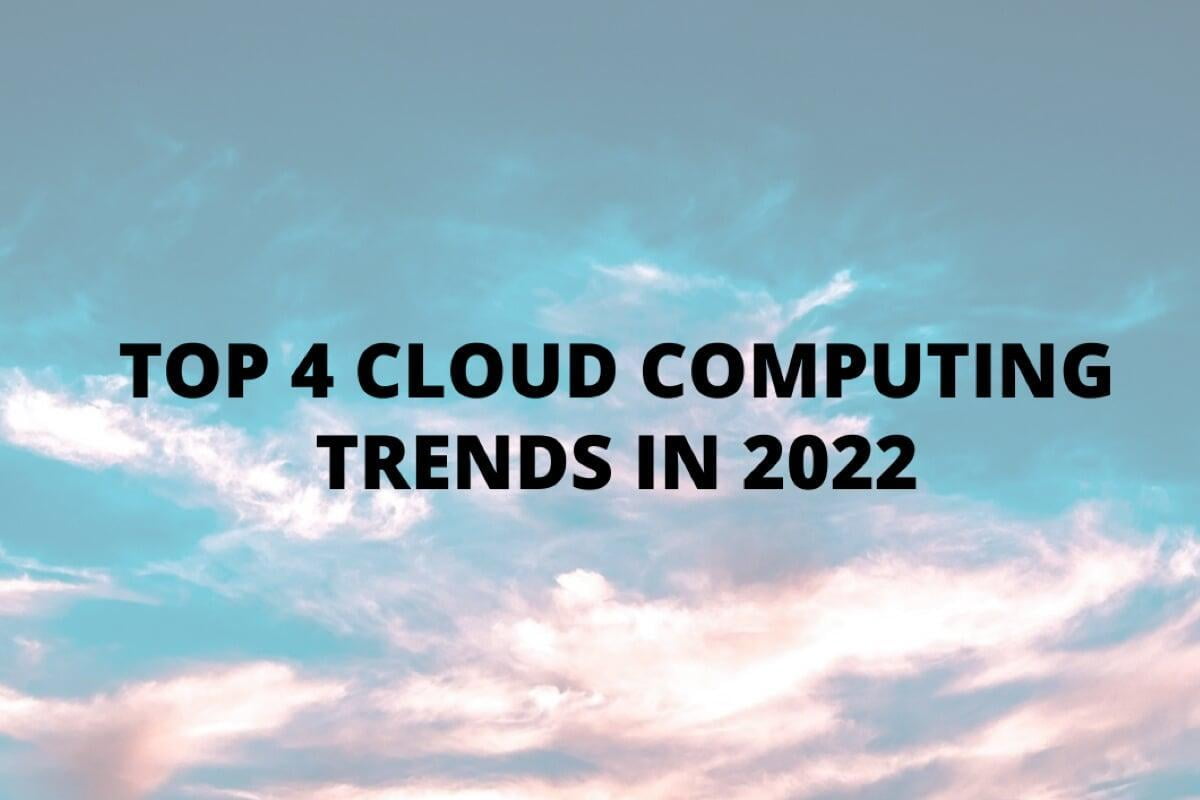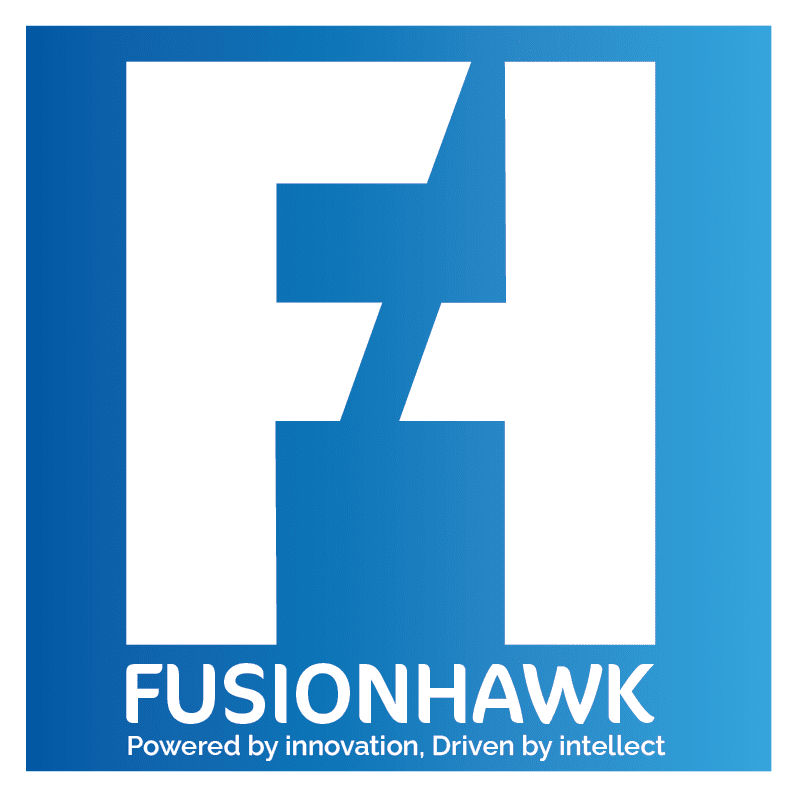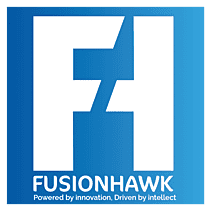TOP 4 CLOUD COMPUTING TRENDS IN 2022
TOP 4 CLOUD COMPUTING TRENDS IN 2022

In 2020 and 2021, there was an accelerated adoption of cloud computing as more businesses went virtual, embracing digital transformation due to the pandemic. This momentum will continue in 2022 as well.
According to Gartner's predictions, global spending on cloud services is expected to reach over $482 billion in 2022, up from $313 billion in 2020. Cloud computing will continue to be a key priority for businesses looking to increase scalability, business continuity, and cost-efficiency.
Here are the four key cloud computing trends to watch in 2022:
Cloud Desktop / Desktop as a Service (DaaS): One of the cloud technologies that will shake up the industry is the emergence of cloud desktops with simple collaboration tools. In a quest to prepare against the risks and uncertainties, companies are exploring new ways to optimize resources and processes. Further, the growing remote work environment is compelling businesses to rely on DaaS. Cloud desktop allows the employees to access essential business resources from anywhere, ensuring business continuity. Also, it lets the business control its critical assets, ensuring the data is used appropriately. Adopting DaaS will be critical for businesses as it offers many benefits such as better productivity, reduced expenses, and scalability.
SASE: With work from home on the rise, employees are accessing more services and data from their own devices, which sit outside their companies’ IT networks. As a result, security has become a growing concern for businesses. Secure Access Service Edge (SASE), a term coined by Gartner, is a cloud-based approach to IT security that caters to the dynamic secure access needs of enterprises. SASE is a new package of technologies including SD-WAN, SWG, CASB, ZTNA, and FWaaS as core abilities, with the ability to identify sensitive data or malware and the ability to decrypt content at line speed, with continuous monitoring of sessions for risk and trust levels. Companies with a SASE architecture benefit from network security services such as secure gateways, firewalls, zero-trust network access, and more, all based in the cloud. This is a robust approach to IT security that empowers businesses to deliver new cloud services quickly and with peace of mind that their systems are well-protected.
Cloud-based Disaster Recovery: A shift to the remote work environment has exposed the vulnerabilities in the enterprise backup and disaster recovery systems. But a cloud-based disaster recovery system enables employees to access work resources from anywhere, ensuring business operations continue without any interruption. Cloud-based disaster recovery backs up the enterprise data on an external cloud server, saving time and costs with the added bonus of being managed by an external provider. This trend will allow IT staff to focus more on maintaining and monitoring the business network.
AI as a Service: AI technology is driving the growth of the public cloud. Public cloud providers are opening up their APIs and services for consumption without any need for creating custom MI models. These services take advantage of the underlying infrastructure owned by the cloud vendors. Cognitive computing APIs can be easily integrated with other applications through a single API call. Although cognitive computing delivers the power of AI through APIs, it is limited to generic use cases. To unleash its full potential of cognitive computing, cloud vendors are now shifting to custom cognitive computing models where customers can bring their own data to train cognitive services.
Overall cloud computing opportunities will be on the rise in 2022 and FusionHawk is committed to supporting your business along your cloud journey with our distinctive cloud offering.









